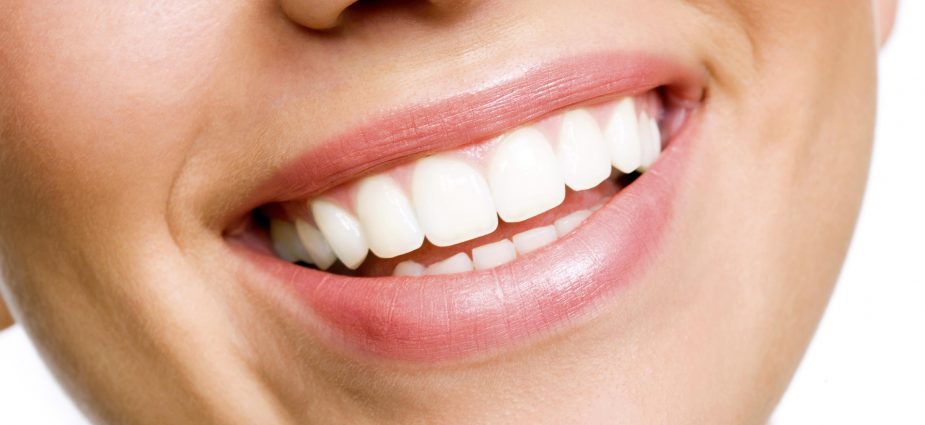Lumibrite Whitening: Illuminate Your Smile

Lumibrite Chairside Whitening is a relatively new teeth whitening option that your dentist may offer if he or she determines that it is the right treatment for you. A gentle, safe and effective professional in-office option, Lumibrite produces whitening results in as little as 30 minutes of treatment time.
Formulated with 35 percent hydrogen peroxide, this professional whitening system can be used by your dentist with or without a light. However, when used in conjunction with the Sapphire Supreme Light (highly recommended), the system is proven to produce greater whitening effects.
Lumibrite uses the combination of a desensitizer and patented whitening gel to reduce the chairtime required for effective treatment. Also, with fluoride as an added benefit, teeth are protected from demineralization and caries.
Consultation and Treatment Planning
During your initial consultation, your dentist will first conduct a comprehensive examination of your teeth and gums to ensure proper health, as well as talk with you about your oral hygiene and lifestyle habits to determine if you will benefit from whitening.
Your dentist also may require you to undergo whitening if you are planning other cosmetic dental procedures — such as veneers or composite bonding — in order to ensure a better match between the restoration and your natural dentition; or after the removal of braces. Depending on the condition of your teeth and your goals for changing the look of your smile, whitening may not be your best option.
During your consultation and evaluation, your dentist also will note existing dental work, such as crowns and veneers, which will not respond to conventional whitening agents.
The In-Office Procedure
The Lumibrite whitening gels used by your dentist are available in concentrations of 16 percent, 22 percent and 32 percent hydrogen peroxide, and come in a variety of mint and fruit flavors. The procedure takes about one hour or less, depending on the degree of tooth discoloration and the desired results. Prior to treatment, prophylaxis (hygienic cleaning) is required to remove plaque or calculus.
Once your teeth are adequately prepared, the current tooth shade is recorded, your lips and gums are isolated, and lip moisturizer is applied. Your dentist then applies Lumibrite Desensitizing Enhancer and allows it to set for one minute. A gel is then applied to the facial surface of your teeth and light-cured (if the Sapphire Supreme Light is used). After 30 minutes, the gel is removed and the teeth are rinsed. Excess water and gel are suctioned away.
If the desired whitening shade has been achieved after 30 minutes, there is no need for a second application. However, if further whitening is desired, your dentist will perform another 30-minute application, as previously described. It is important to note that the final tooth shade may not be determinable until after the teeth are sufficiently re-hydrated.
Aftercare: Maintaining Whitening Effects
To help maintain the look of your newly whitened smile, you should avoid drinking red wine, dark sodas, coffee or tea; eating red sauces, mustard or ketchup, and soy sauce; and using tobacco products. Use of such products can stain your teeth and diminish the effects of Lumibrite treatment.
Tobacco products will stain teeth, even after whitening treatments. As such, your dentist will suggest you quit using them. Maintain an appropriate oral hygiene (brushing and flossing) regimen to prevent stains from reforming, and see your dentist and hygienist regularly for scheduled teeth cleanings.
Toothpastes containing whitening agents also may be suggested by your dentist to maintain the results of the procedure. Additionally, your dentist may recommend use of the Lumibrite take-home whitening kit for maximum whiteness and maintenance.
Lumibrite Take-home Whitening
Following in-office treatment, a Lumibrite take-home whitening kit is recommended for maximum whitening and maintenance. However, the at-home kit also may be used without in-office whitening. The home whitening kit consists of a set of custom-made trays and gel. Whitening trays, created from impressions taken by your dentist, are used to apply the gel to your teeth at your convenience.
Treatment time for take-home kits varies depending upon the formulation, as well as the desired results. The 32-percent formulation requires a mere three-minute treatment each day for a period of two weeks. The 16-percent and 22-percent formulations require one or two treatments, applied for one or two hours a day, for two weeks.
Considerations
Similar to other whitening products, Lumibrite is not recommended for children under 12 years of age. It also is not recommended for patients who are pregnant or nursing. Treatment outcomes vary case-to-case, and results may not be as effective for some as they are for others. Also, anyone with an allergy or sensitivity to peroxides should avoid using the Lumibrite system.
Only your dentist can determine whether Lumibrite, or any other whitening system, is appropriate for you.
Bleach-Free Whitening
Lumibrite Bleach-Free Whitening is a light-cured enamel sealant for whitening front teeth. Available in shades of Natural, White and Supreme White, the bleach-free procedure involves three simple steps that include polishing and cleaning the surface of the teeth; application of the thin whitening sealant; and glossing.
Effects can last up to six months if good dental hygiene is practiced.
Cost and Treatment Time
The cost of Lumibrite teeth whitening ranges from $400 to $500 (compare this with the average cost of teeth whitening). Typically, dental insurance does not provide coverage for cosmetic dentistry treatment and therefore will not offset Lumibrite costs.
Treatment time varies depending on whether you select an in-office or at-home Lumibrite solution. Chairside treatment time ranges from 30 minutes to one hour, while take-home Lumibrite takes approximately 42 minutes. A bleach-free solution involves less than one hour of treatment time.
Further Reading:
- Britesmile Teeth Whitening
- Opalescence Whitening: Give Your Smile a Boost
- Zoom Whitening: See the Light and Unleash Your White


